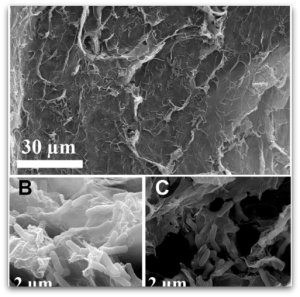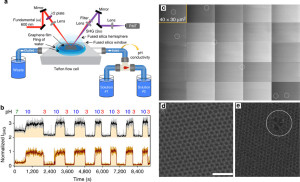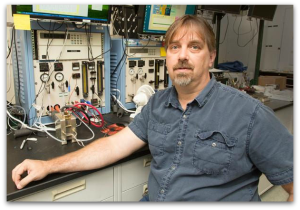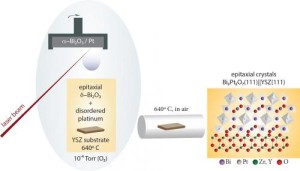With plunging oil prices, it is proving to be more difficult than ever to entice buyers into purchasing an electric vehicle. While the low oil prices may be good for consumers’ gas tanks, the transportation sector continues to account for 27 percent of the United States’ greenhouse gas emissions.
The question then arises of how electric car manufacturers can steer folks back toward electric vehicles and away from gas-guzzling cars?
(MORE: Read Interface: PV, EV, and Your Home)
Impact of falling oil prices
“It definitely makes the transition to sustainable energy more difficult,” said Elon Musk, Tesla CEO, at a business conference in Hong Kong about the impact of the free-falling oil prices.
Tesla rose to prominence in 2003 when oil prices soared, making electric vehicles all the more tempting. With oil prices continually on the decline, it’s now up to companies like Tesla to compel buyers and stress the importance of transitioning toward cleaner vehicles.
New features for electric cars
For companies like Tesla, that means developing things like autonomous cars with “summon” features – allowing the user to call their car just like a pet. Even aesthetic aspects have become more important, with Tesla focusing on futuristic designs.
“What we’re aspiring to do is to make the cars so compelling that even with lower gas prices, it’s still the car you want to buy,” Musk said.



![[Click to enlarge]](https://www.electrochem.org/wp-content/uploads/2015/09/Shu-ShengLi_Stable-high-index-Ni-YSZ-300x293.png)





